It all comes down to energy. Food is energy, and electricity is among our species’ greatest energy enablers. So what could be better than combining food production with solar electricity generation? The synergy of the food + energy production of an agrivoltaic facility jives in a common-sense, fundamental manner.
BayWa r.e. is deploying many plant-based agrivoltaic experiments – growing strawberries, apples, and red currents – and it has plans to develop tens of megawatts of solar facilities in the coming years. It has also been experimenting with agrivoltaic operations involving livestock, like bees and sheep.
At RE+ 2022, pv magazine USA sat down with BayWa r.e.’s David Barnes, managing director and executive vice president of BayWa r.e. Operation Services, to discuss the dirt beneath our solar hardware.
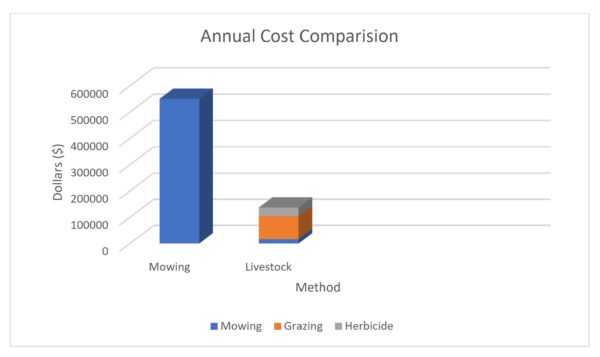
Image: BayWa r.e.
At its 270 MW solar power facility in Texas, BayWa r.e. was quoted approximately $275,000 each time their 1,700 acres was mowed, a job that needed to be done twice each year. If a solar field were to sell electricity under a $0.04/kWh power purchase agreement, that 13.75 million kWh/year facility could exchange roughly 2%, or 7.5 MW of its yearly electricity production for those mowing expenses. As we can see from the graph above, grazing livestock could reduce those costs by around 80%.
But here’s the kicker: The facility appears to have lost 1,035 solar modules to projectile debris, thrown by mowers as they traversed the rocky fields. That damage totaled approximately $306,000 in procurement and repair work.
So BayWa r.e. decided to study how sheep at this location could help manage the vegetation. And after several rounds of buying sheep, their flock has grown to more than 700. Sadly, they lost seven of the sheep to predators, though they have gained a few back from lambing. The company pays a shepherd to manage the sheep, and splits profits from lambs and any mutton sold.
The end result is increased electricity generation and a savings of $413,774 compared to the cost of mowing. The sheep appear to have damaged two solar modules, as compared to the 1,035 panels damaged by projectiles.
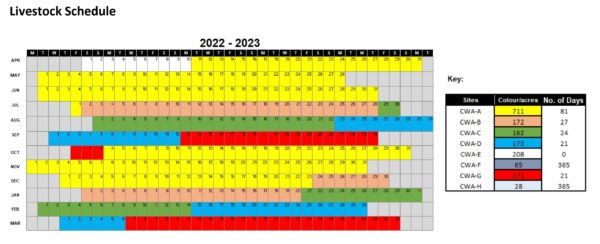
BayWa r.e. is now refining the number of sheep onsite. They now estimate that closer to 900 sheep will be needed to rotate the flock quickly enough to cover the entire facility, before the grass grows tall enough to shade modules. The table above demonstrates the amount of grazing required by each of the eight sections of the solar facility.
The logistics have become better defined with experience. For instance, the shepherd must check on the sheep, which takes a few hours, several times per week. And it takes up to four people to move the sheep from section to section. The herds would graze on 5 acres to 8 acres per day at this site.
Depending on time of year and the temperature, the sheep need approximately 600 gallons to 1,200 gallons of water each day.
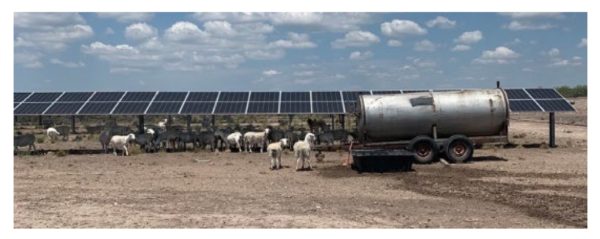
Lines distributing water from local ponds and wells were built to save on supply costs. BayWa r.e. thought that it was unwise for them to take on the responsibility and risk of providing water to the sheep, as such a task falls outside of their expertise.
Of course, some challenges remain.
Sheep draw predators. Part of the requirement for the sheep herder is to protect the sheep – typically with dogs, or a donkey. David points out that donkeys are risky – they are often stubborn animals who might kick the solar panels or racking systems.
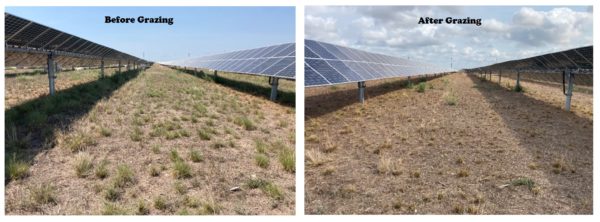
Under the best of conditions, sheep can be challenging animals to raise. Lambing requires intensive management, often posing risks to the ewes and requiring swift veterinary intervention. The strong herd mentality of sheep has frequently been compared to the behavior of lemmings.
At another facility in Mexico, BayWa r.e. owns their own sheep and works with a shepherd who is paid to shepherd the flock via being given the lambs. BayWa r.e. owns the sheep in Texas, paying a flat fee to their contractor for management. They’ve also been in discussions with a large group of sheep owners in North Carolina.
There is, of course, a different financial model for each of their facilities. The quantity and rotation of sheep depends on the total amount of grass that grows on a site, and several other variables.
As agrivoltaics operations evolve via government research, and small farming operations, the big-time solar developers like BayWa r.e. are leading the way for large-scale implementation.
This content is protected by copyright and may not be reused. If you want to cooperate with us and would like to reuse some of our content, please contact: editors@pv-magazine.com.
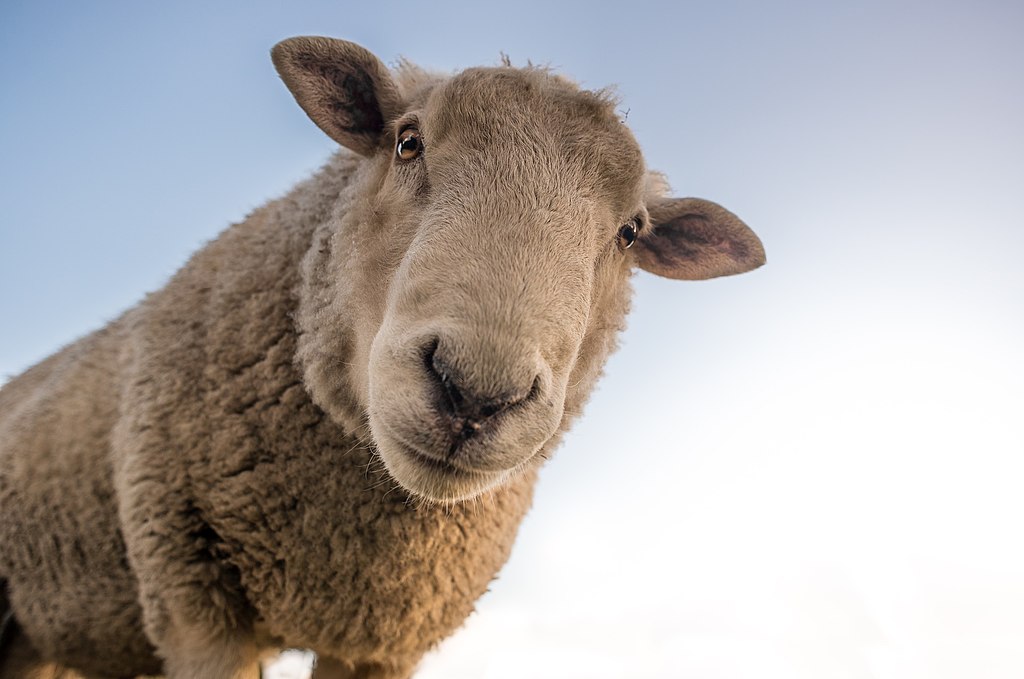
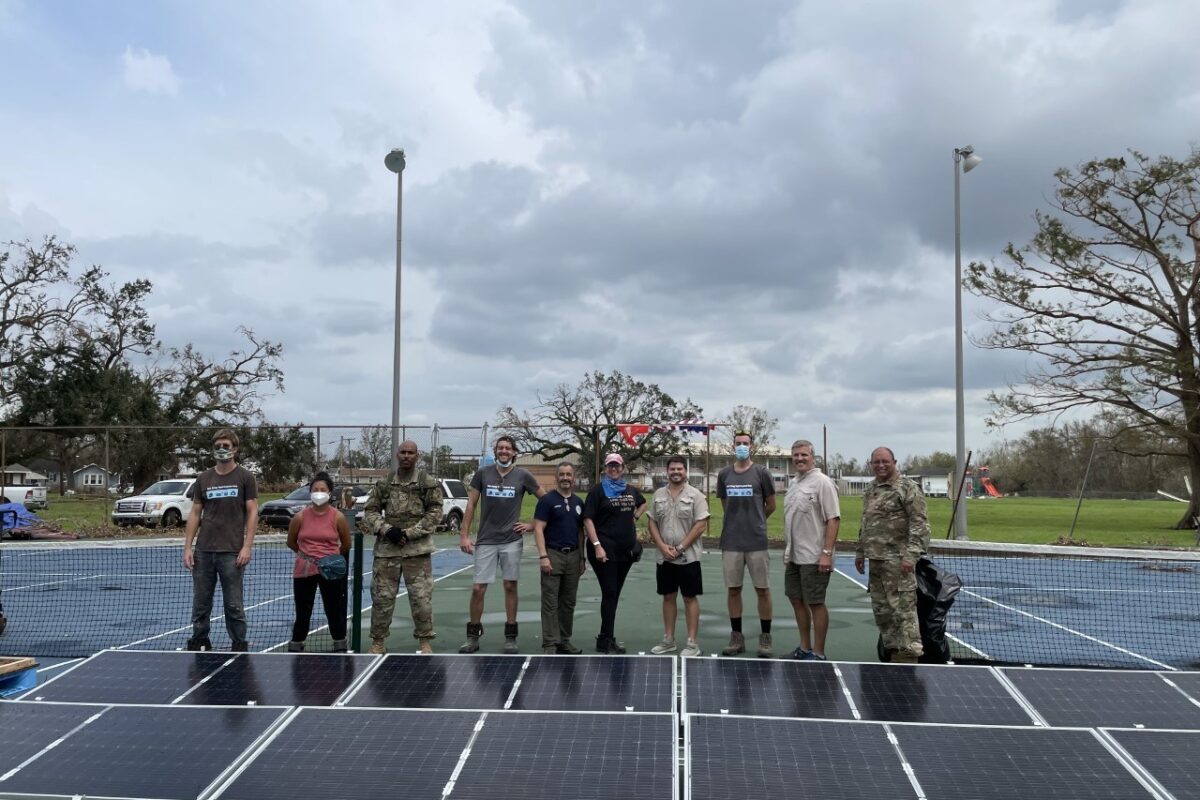



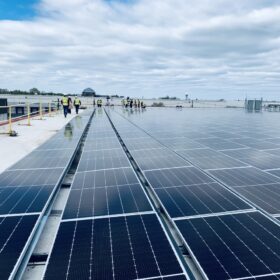
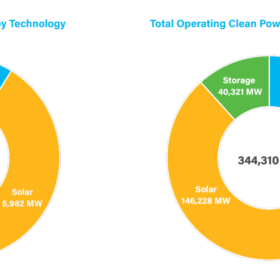
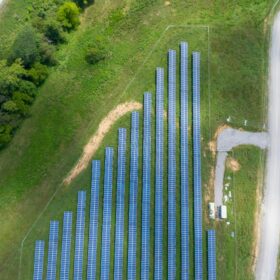
Hey, what happened to the original headline for this article? From clever to boring. Baaaad move, editors!
It’s the man Tom, always looking to stop the little guy from having some fun!